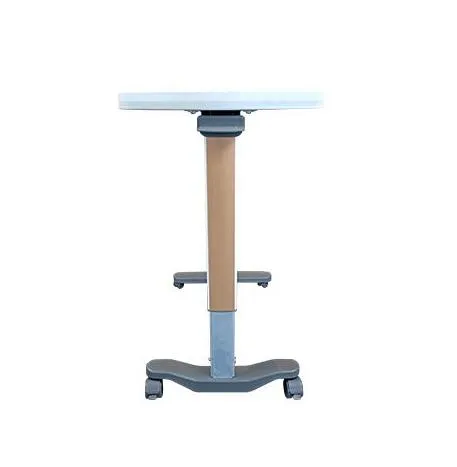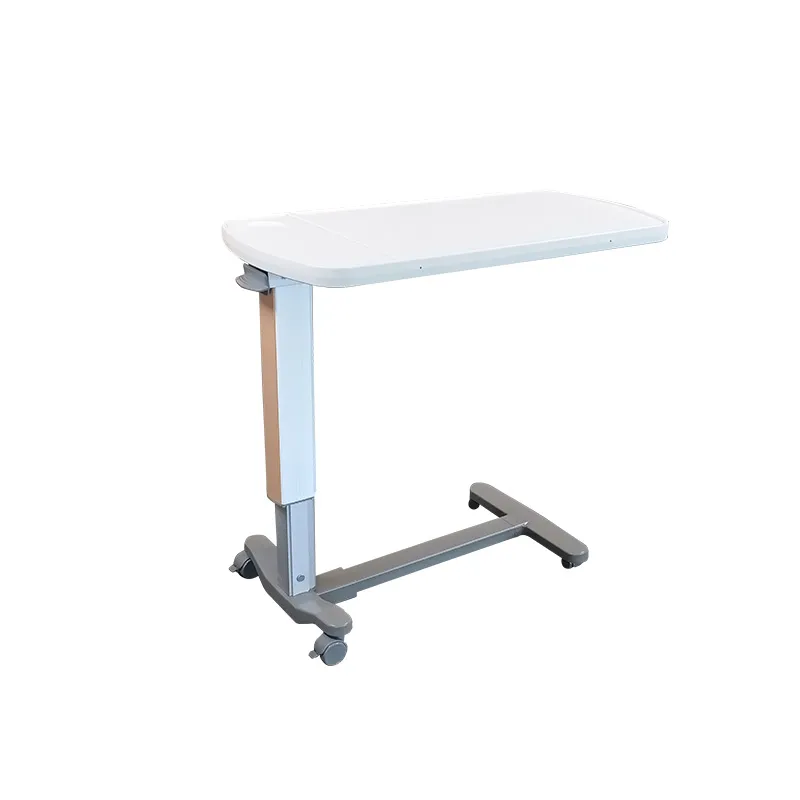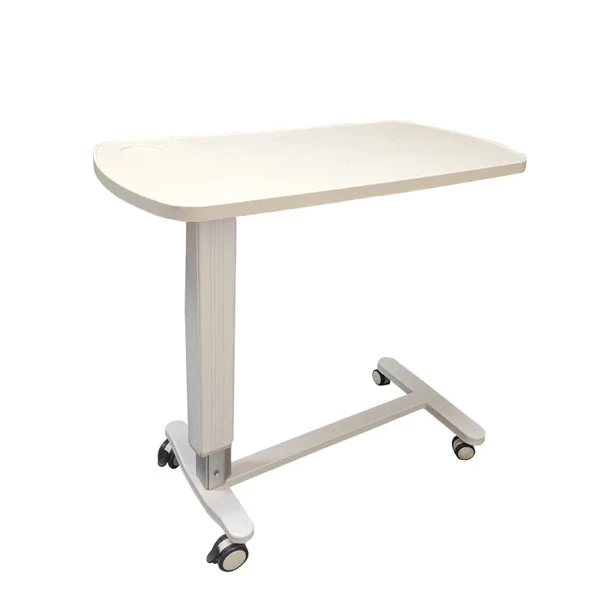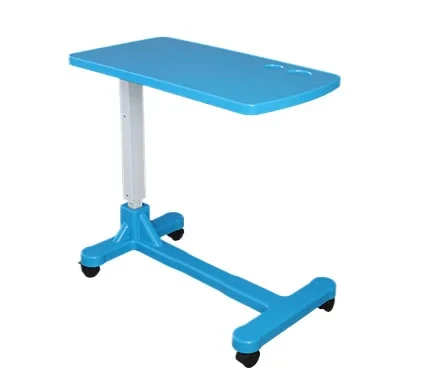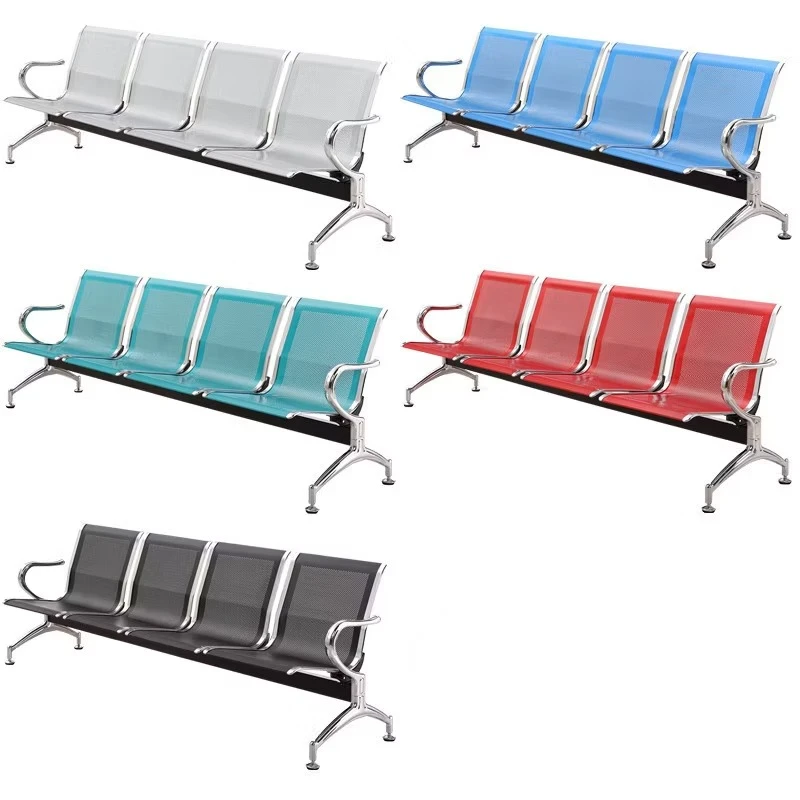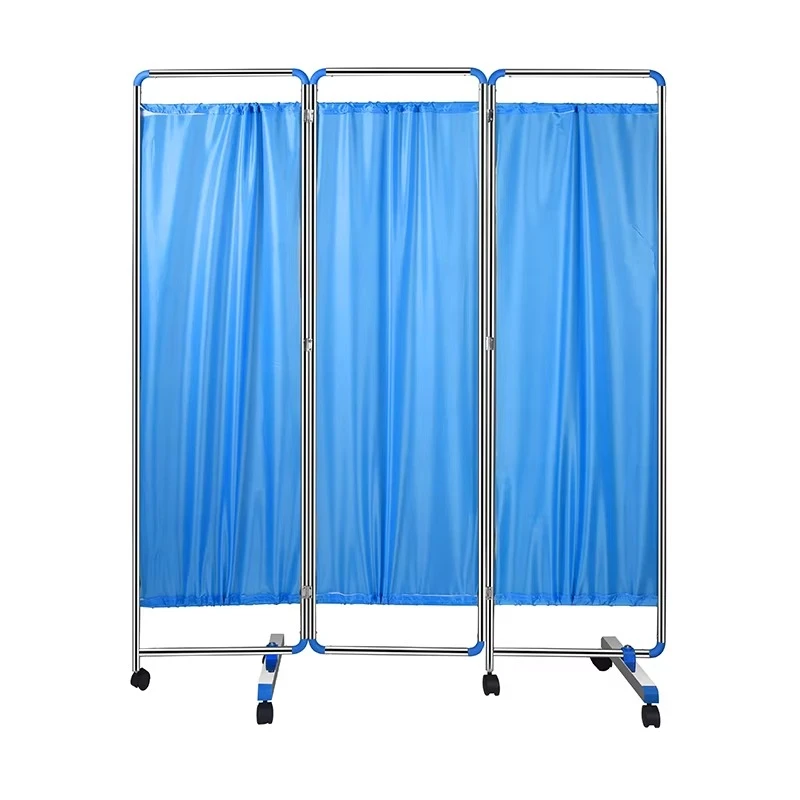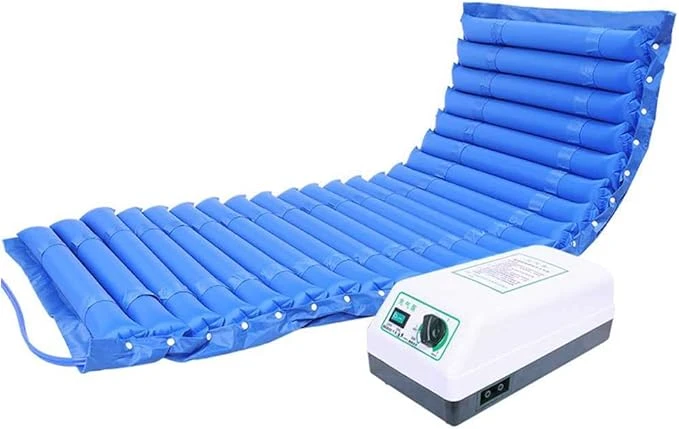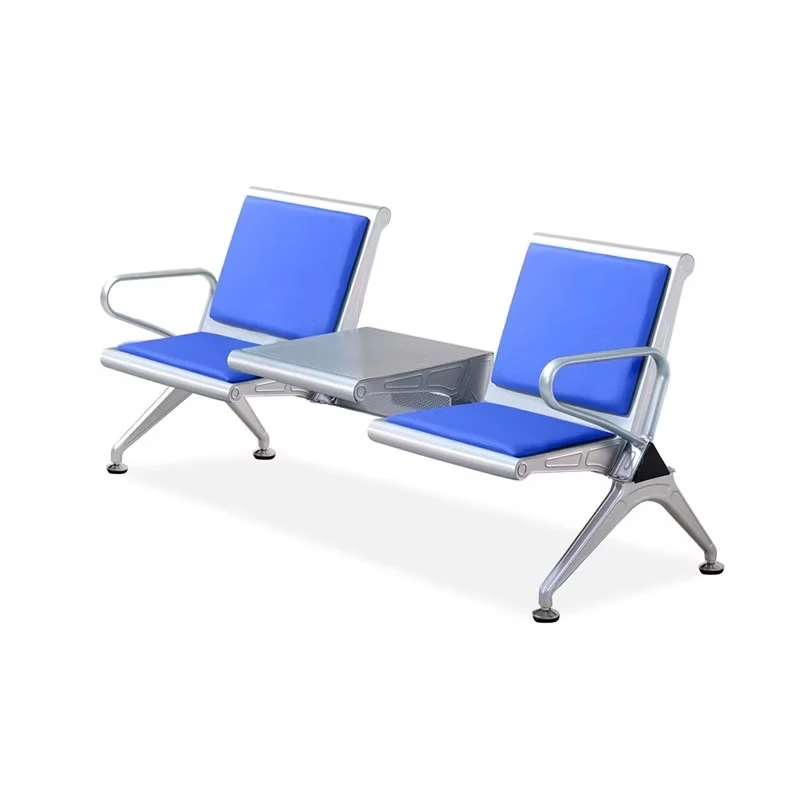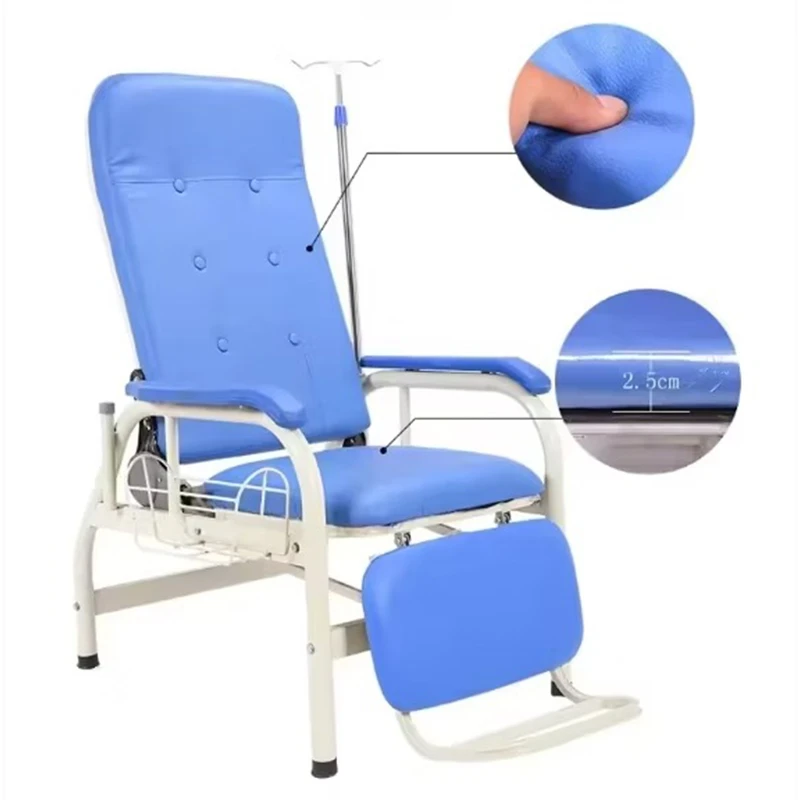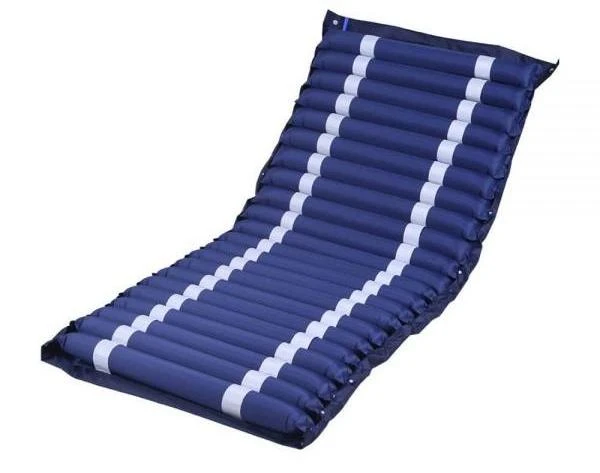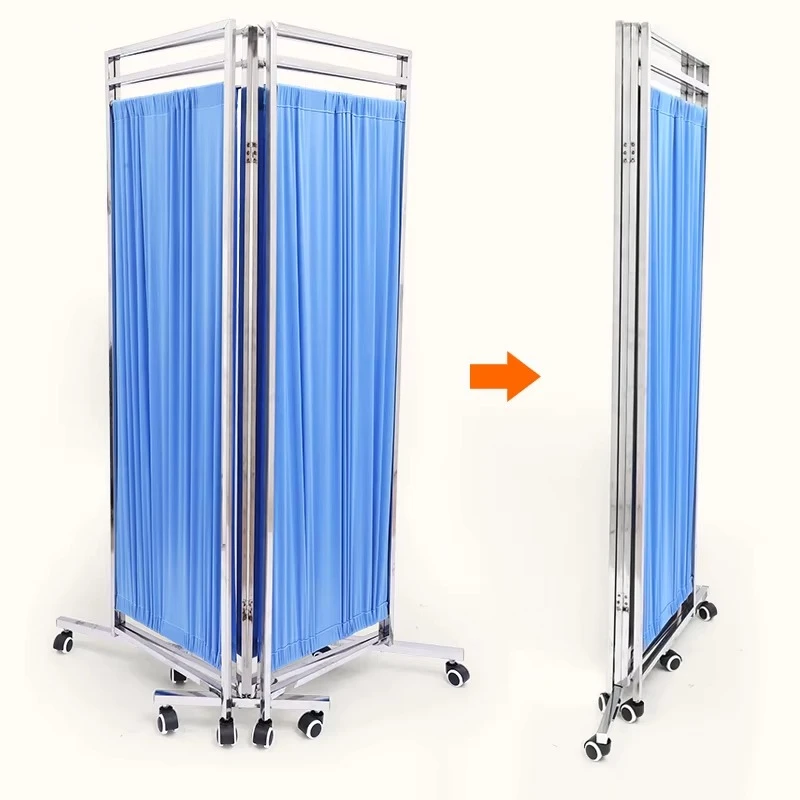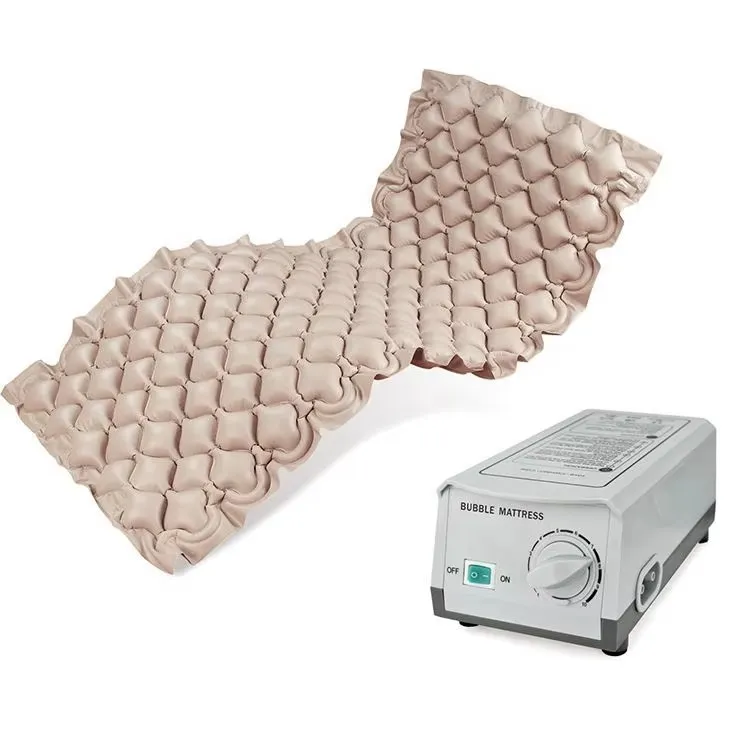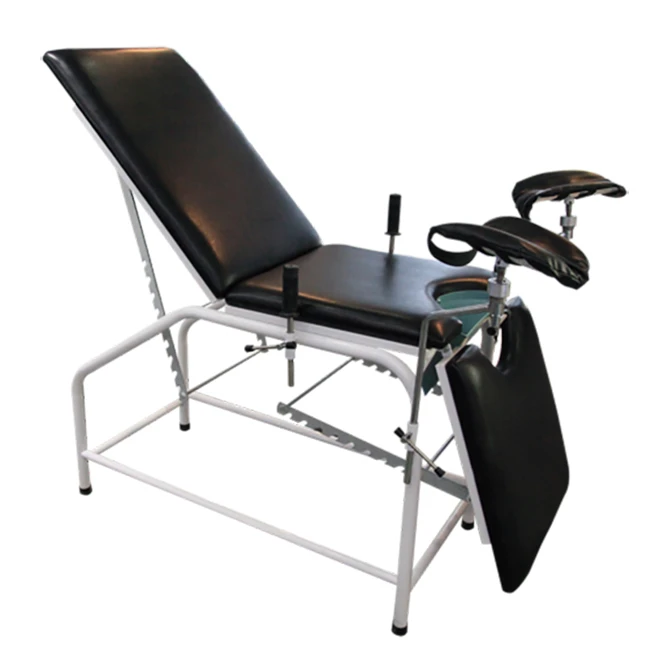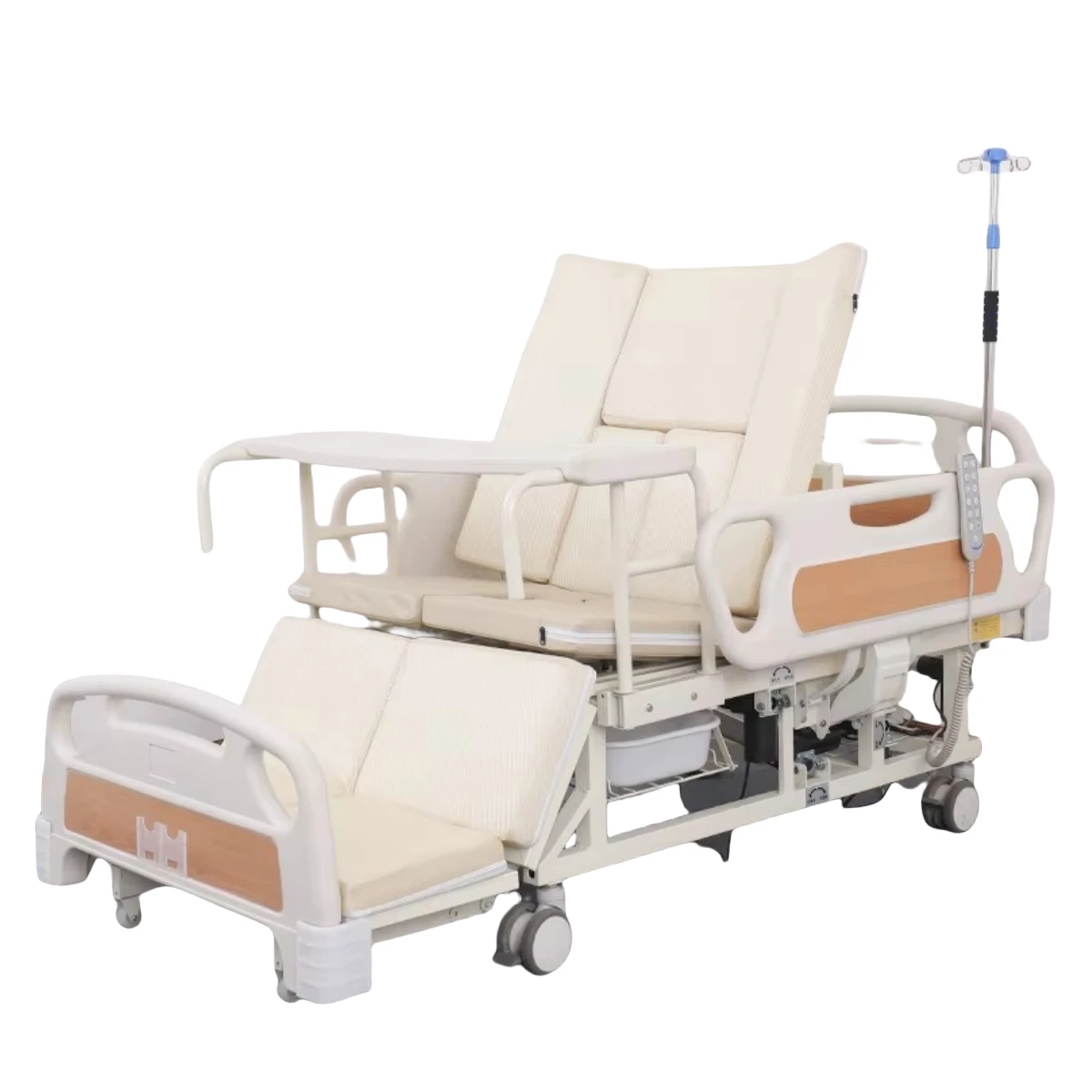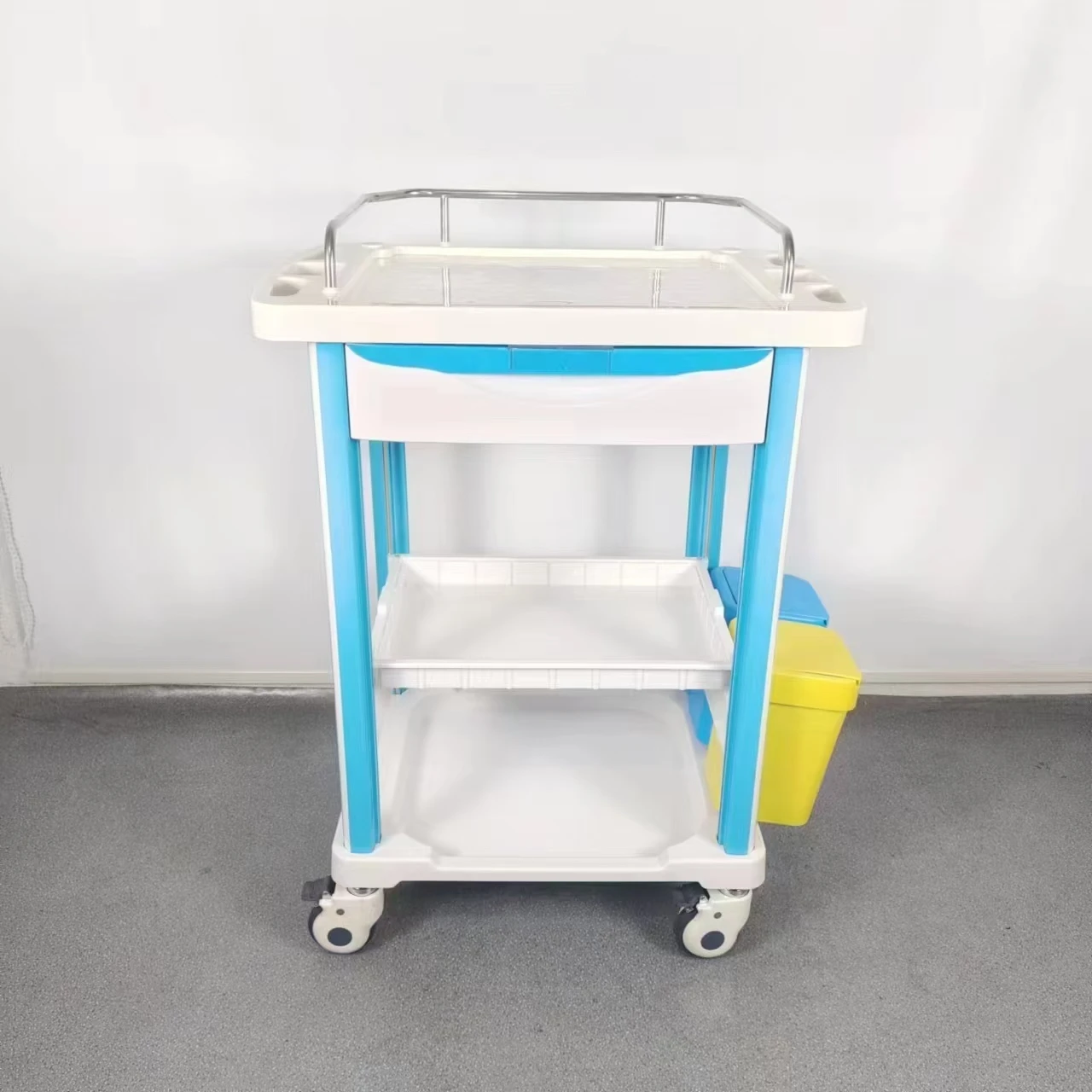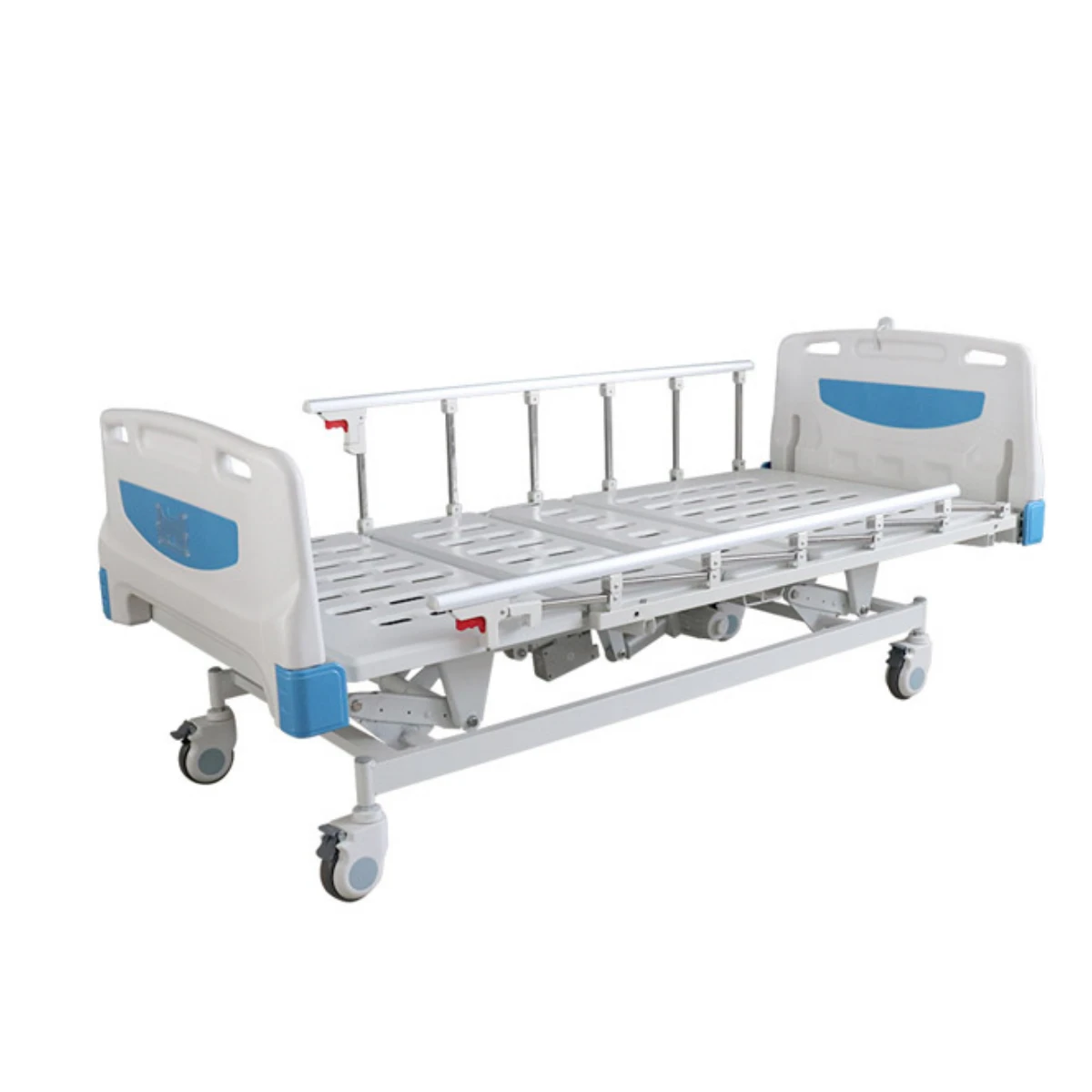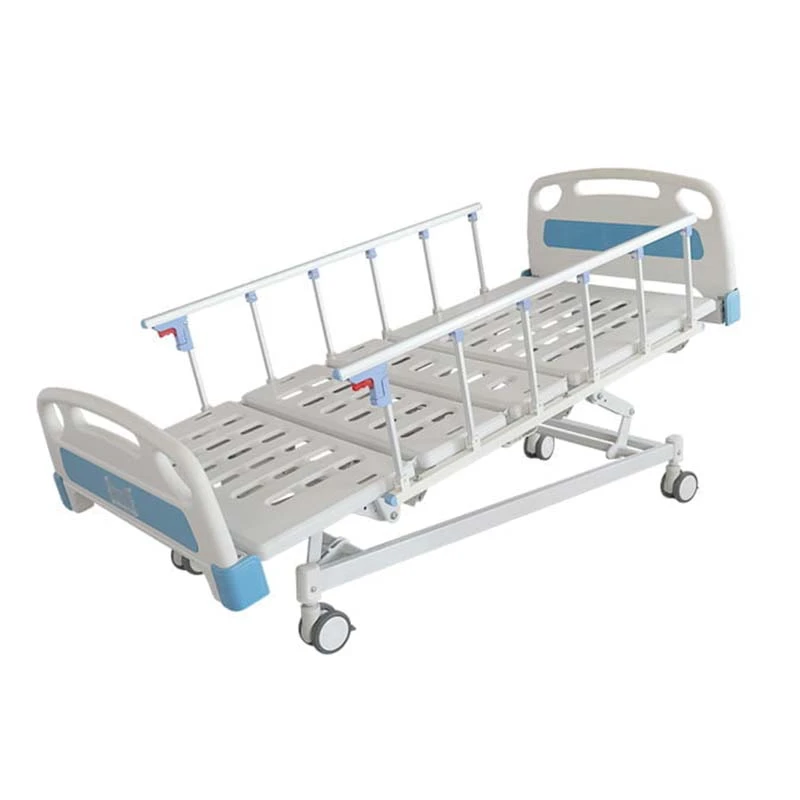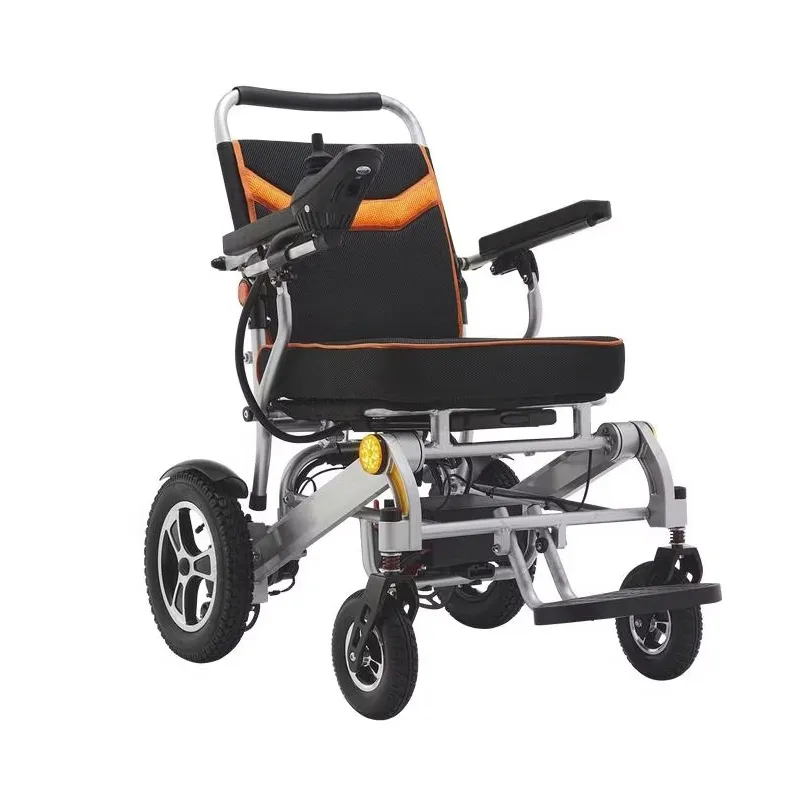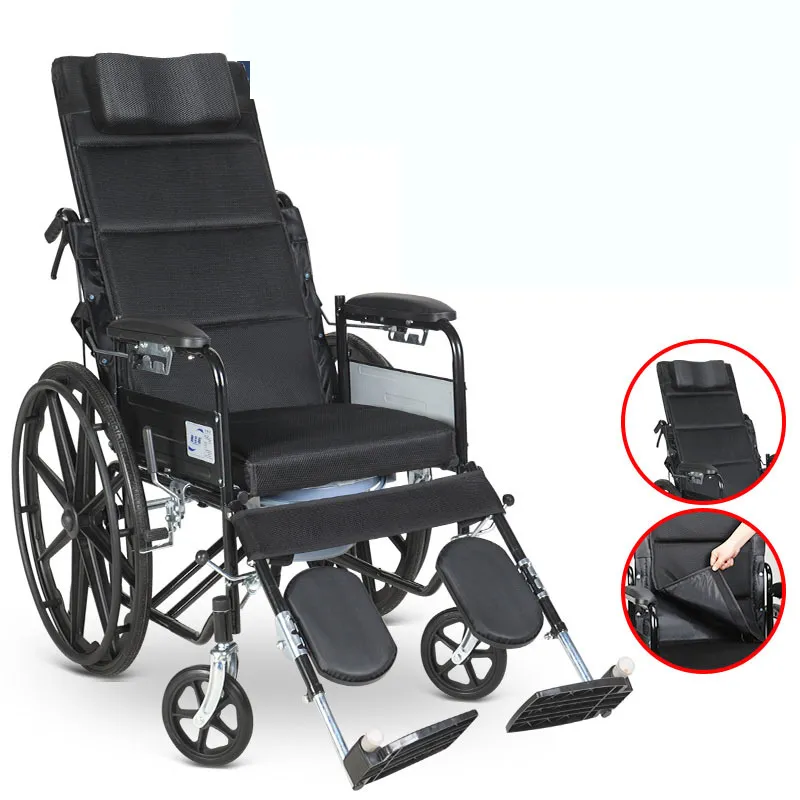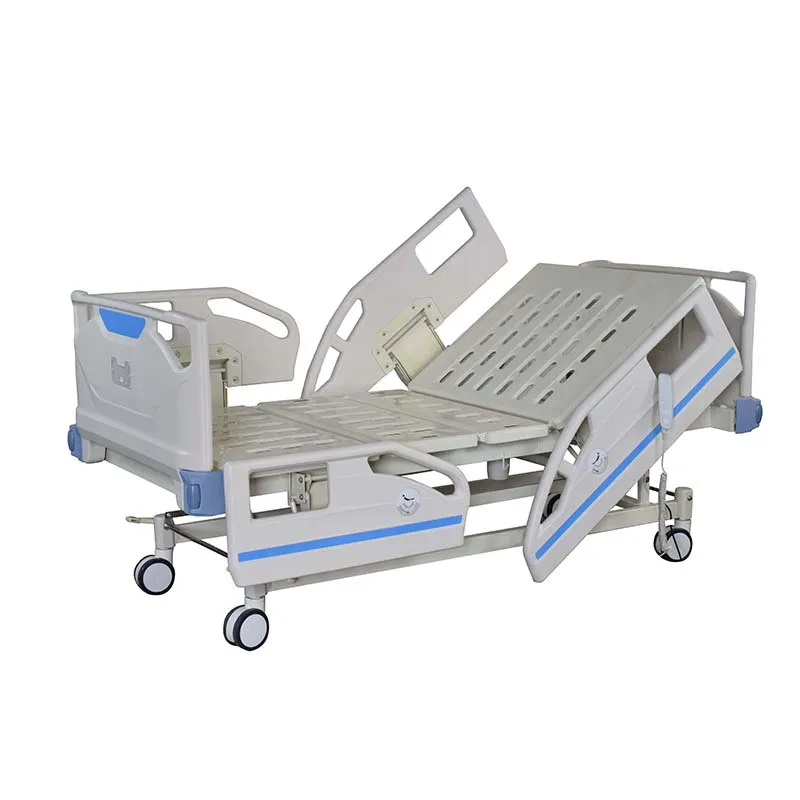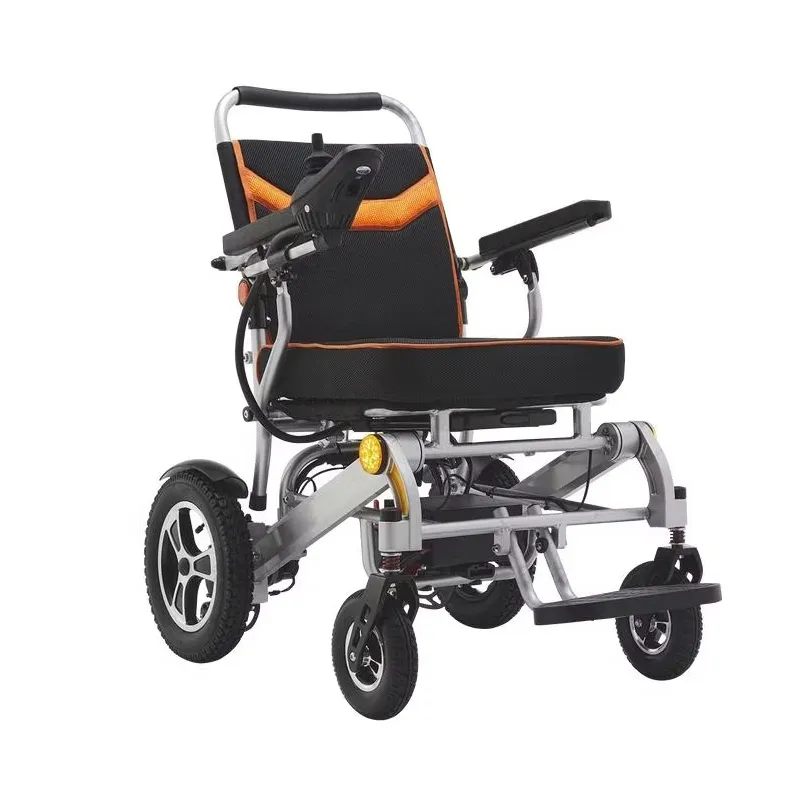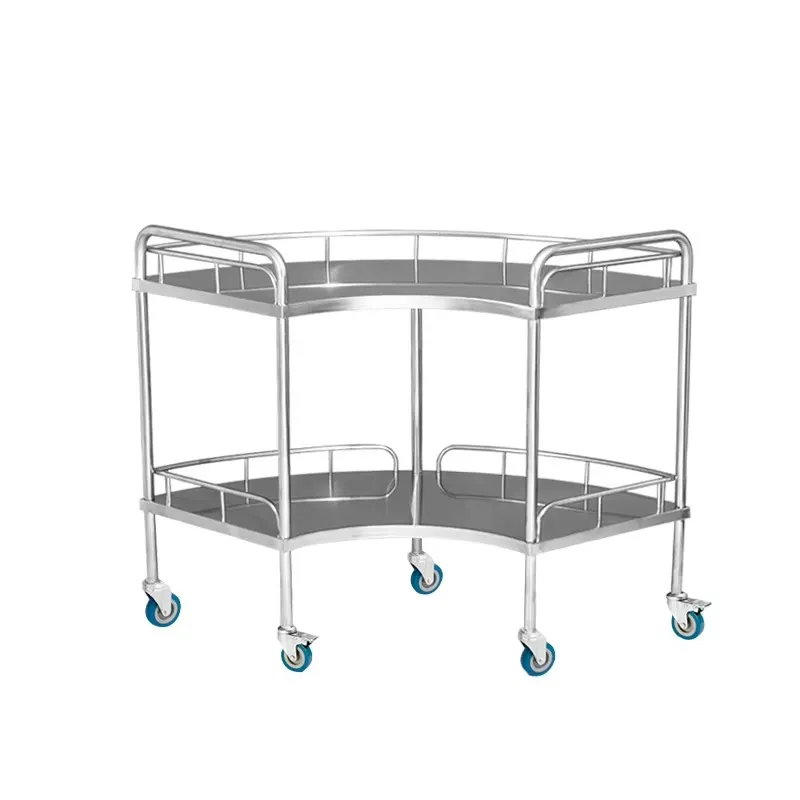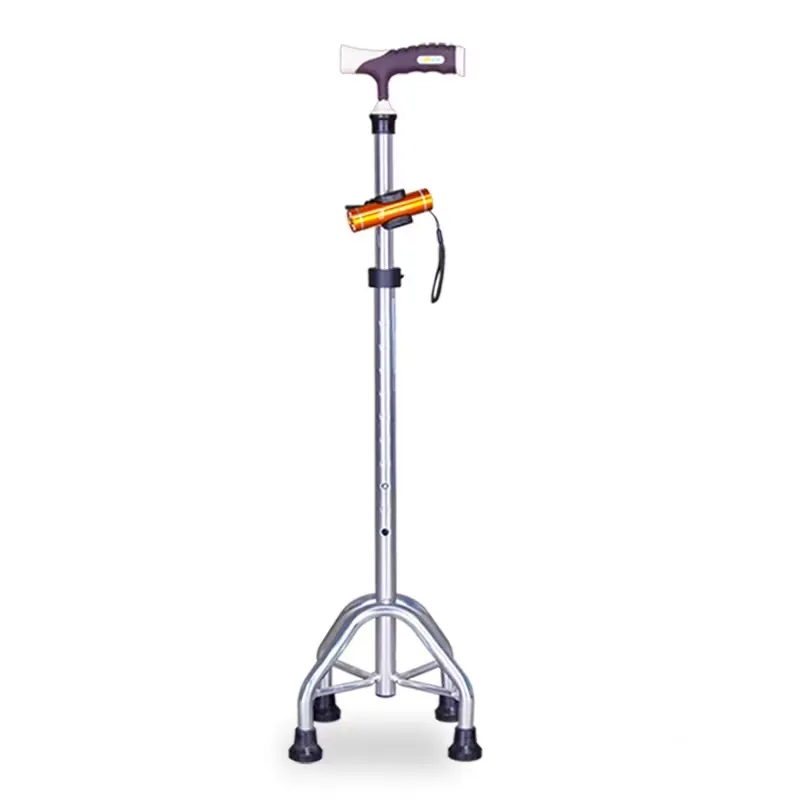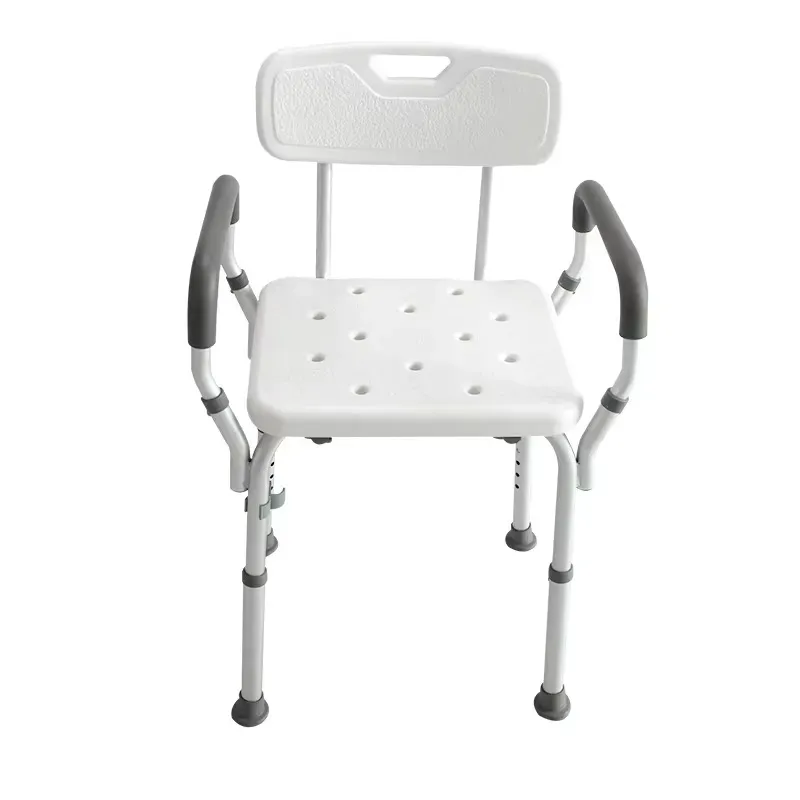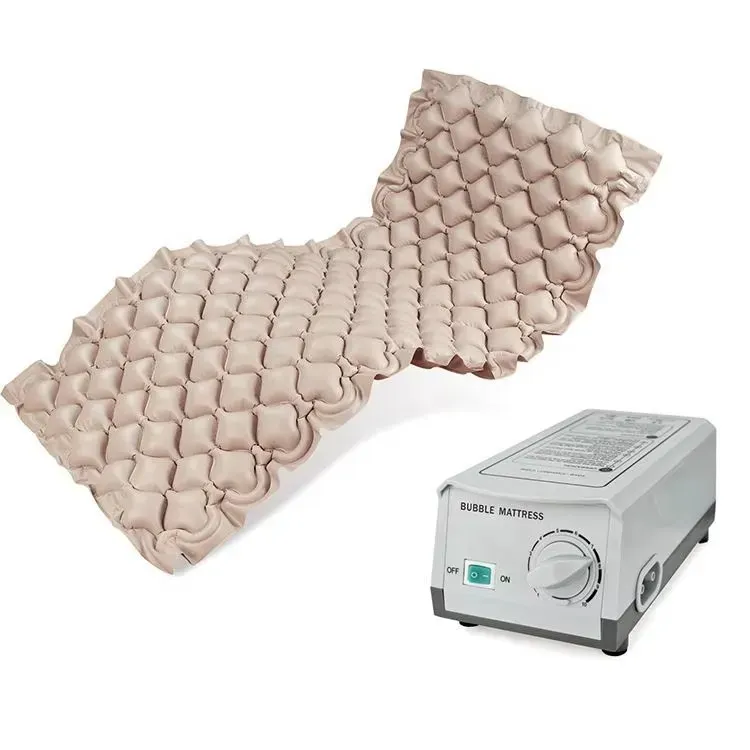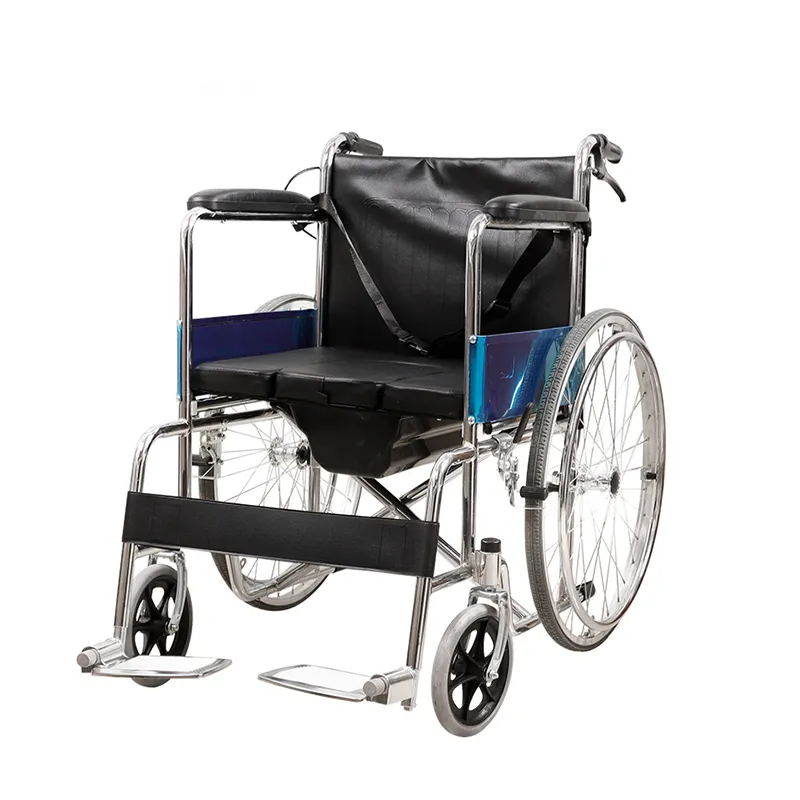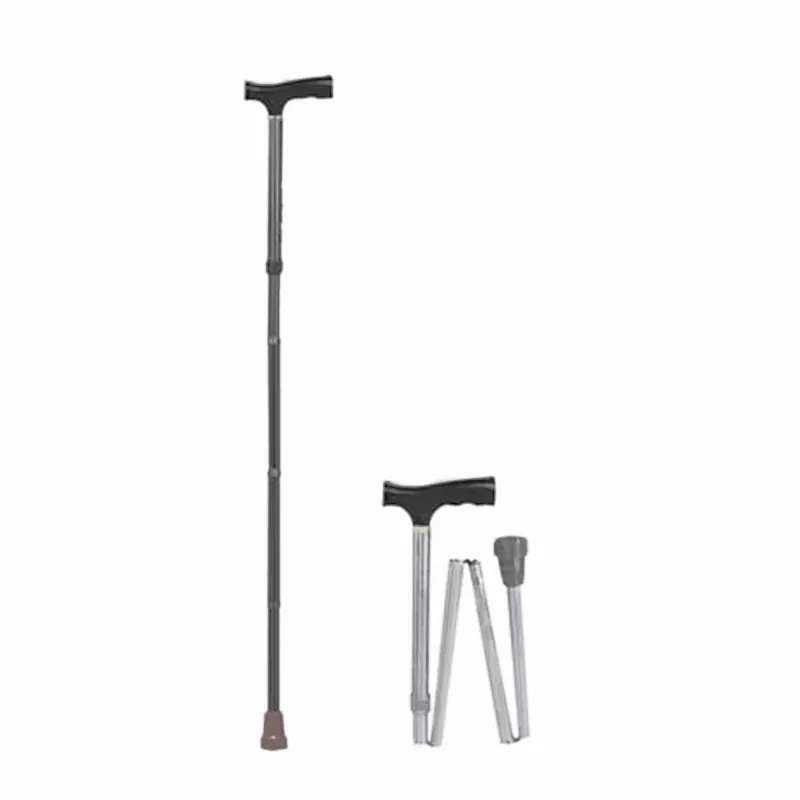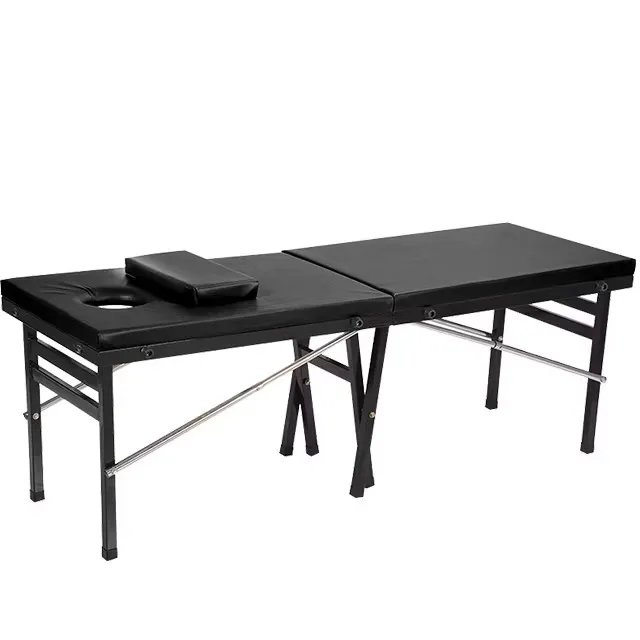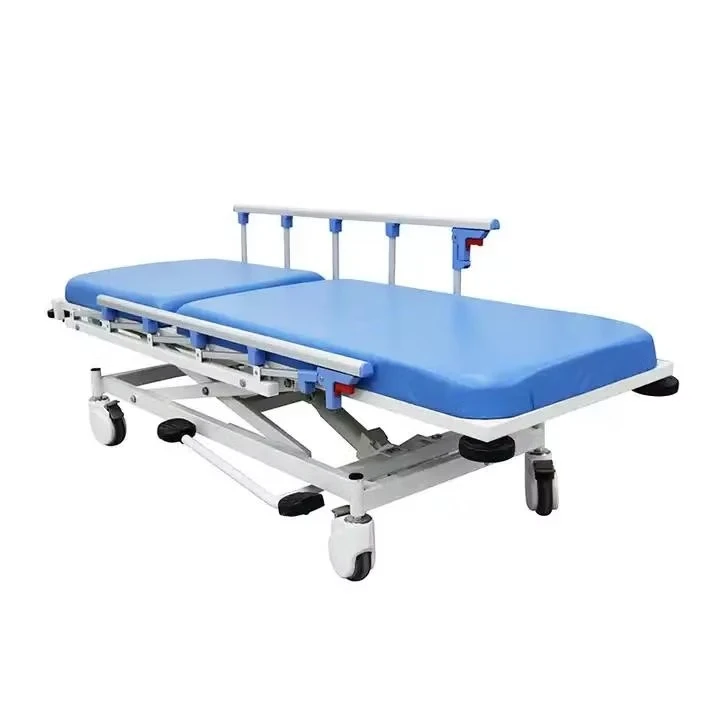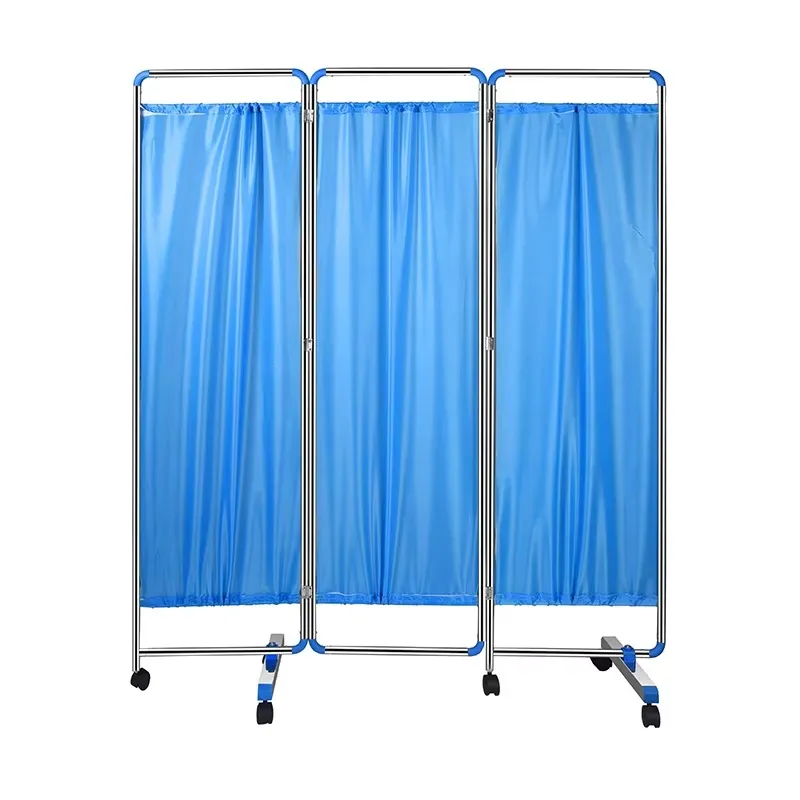Technical Parameter:
|
Table Top |
895*445mm |
|
Table Height Min |
660mm |
|
Table Height Max |
945mm |
Technical Configuration:
|
Gas Spring |
1set |
|
PP Table Top |
1pc |
|
Φ25mm Caster |
2pcs |
|
Φ50mm Caster |
2pcs |
|
Height Adjustment Handle |
1pc |
Quality Control:
- Gas Spring: The gas spring mechanism integrated into hospital overbed table plays a pivotal role in enhancing both functionality and safety. This design allows the tabletop to be smoothly and effortlessly adjusted to various heights, making it highly adaptable to the specific needs of patients, whether they are eating, reading, or using electronic devices. The use of a gas spring reduces the risk of sudden movements, thereby minimizing the potential for accidental injuries. It also enables patients, including those with limited strength or mobility, to adjust the table themselves without requiring assistance, promoting a greater sense of independence. This thoughtful incorporation of a gas spring into the design of overbed tables highlights the focus on patient comfort and safety in healthcare settings.
- Material: The material composition of hospital overbed table significantly contributes to their durability, safety, and ease of use. The tabletop is often made from PP (polypropylene) material, which is favored for its lightweight, non-toxic, and easy-to-clean properties, making it ideal for a healthcare environment where hygiene is paramount. Additionally, the main body and support structure of the table are typically constructed from aluminum alloy, which provides strength and stability while remaining light enough to maneuver. Aluminum alloy is also resistant to corrosion, which is essential in a hospital setting where the table may be frequently cleaned with various disinfectants. Together, these materials ensure that the overbed table is both functional and long-lasting, capable of withstanding the rigorous demands of daily medical use.
- Safety Standard: Hospital overbed table is designed and manufactured to meet stringent safety and quality standards, ensuring they are suitable for medical environments. They comply with the latest ISO 9001 and ISO 13485 standards, which are benchmarks for quality management systems and the specific requirements for medical devices, respectively. Additionally, these tables are certified by the CE marking, affirming that they meet EU safety, health, and environmental protection requirements. In the United States, they adhere to FDA regulations, ensuring that they are safe and effective for their intended use. Compliance with these standards not only guarantees the tables’ reliability and safety but also builds trust among healthcare providers and patients in the quality and safety of the equipment used in medical care.
Accessory Detail:
-
- Table Top: The tabletop of the hospital overbed table is thoughtfully designed with patient convenience and functionality in mind. Made from white PP (polypropylene) material, it offers a clean, non-toxic, and stain-resistant surface that is easy to maintain and disinfect, crucial for maintaining a sterile environment in hospitals. The design includes specialized features such as a recessed area for general use and a built-in cup holder, enhancing its utility. The recessed section helps to keep items like books, medical devices, or eating utensils securely in place, minimizing the risk of them sliding off when the table is moved or adjusted. Additionally, the integrated cup holder prevents spills, which is particularly important in a healthcare setting to avoid accidents and ensure that liquids are kept away from critical devices and the patient. This combination of material choice and functional design makes the tabletop not only durable and hygienic but also highly practical for the diverse needs of hospital patients.
- Caster: The mobility and stability of hospital overbed tables are significantly enhanced by their caster design, which features four omnidirectional wheels. This setup includes two larger casters with a diameter of 50mm and two smaller casters with a diameter of 25mm. The larger wheels are equipped with independent brakes, providing robust stopping power and ensuring the table remains securely in place when needed. This braking mechanism is crucial for maintaining safety, preventing the table from moving or shifting when patients use it for eating, reading, or supporting medical devices. The smaller wheels, while not braked, contribute to the table’s overall ease of maneuverability, allowing it to glide smoothly over various floor types within the hospital environment. This combination of differently sized wheels optimizes both the table’s mobility for repositioning and its stability when stationary, meeting the dynamic needs of a hospital setting.
- Base: The base of the hospital overbed table is thoughtfully designed with an aluminum alloy cover, which serves multiple crucial purposes in a healthcare environment. Aluminum alloy, known for its durability and resistance to corrosion, adds structural integrity and longevity to the table. The material’s smooth surface is particularly beneficial in hospital settings as it prevents the accumulation of dust and bacteria, crucial for maintaining a sterile environment. This feature makes the base much easier to clean and disinfect, a vital aspect in preventing hospital-acquired infections. The combination of aluminum alloy and its protective cover ensures that the table not only withstands frequent use and cleaning but also adheres to the high standards of hygiene required in medical settings, thereby safeguarding both patient and staff health.
- Lifting Column: The lifting column of the hospital overbed table is meticulously engineered using aluminum alloy, which enhances both its functional and hygienic properties. This column features a design where the upper section encases the lower section, a strategic choice that minimizes crevices and gaps where bacteria might otherwise accumulate. Such a configuration is highly beneficial in a hospital setting where preventing the spread of pathogens is paramount. Aluminum alloy, known for its robustness and resistance to corrosion, ensures the column can withstand frequent adjustments and heavy usage typical in hospital environments. Additionally, the smooth surfaces of the aluminum alloy are easy to clean and disinfect, which is essential for maintaining a sterile environment. This thoughtful design not only facilitates easy maintenance but also significantly contributes to the overall hygiene and safety of the hospital overbed table.
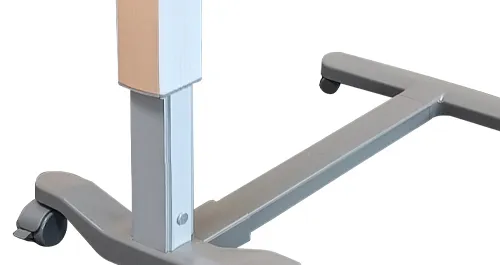
-
LIFTING COLUMN
-
Aluminium alloy supporting column, the upper column set the lower column design, effectively prevent bacterial accumulation, easy to clean.
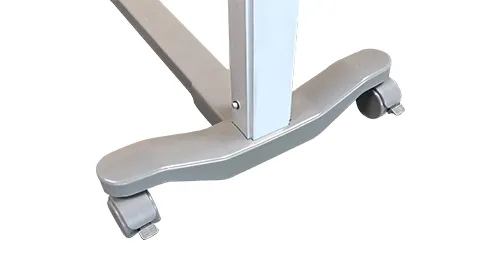
CASTER
Four universal casters. Two 50mm diameter casters with independent brakes for better braking. Two other 25mm diameter casters.
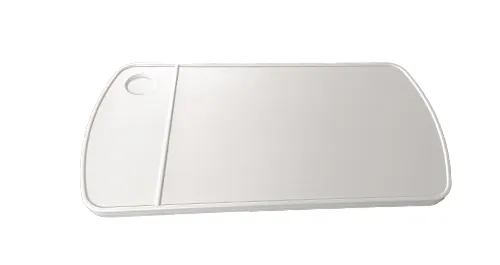
TABLE TOP
White PP desktop with recessed design for water cups and main use areas.

HEIGHT ADJUSTMENT
Adjust the height by lifting the side handle or pressing the table top. The adjustment range is 660mm-945mm.
-
Height Adjustment Function and Operation Mechanism of PP Adjustable Hospital Moving Table
ZhaofaMed’s PP adjustable hospital overbed table redefines convenience in patient care through its precision-engineered height adjustment system, a core feature that enhances its versatility as a hospital moving table. Designed to adapt to diverse patient needs, this table merges intuitive operation with robust mechanics, making it an essential tool in wards, rehabilitation centers, and home care settings.
The height adjustment range is meticulously calibrated to accommodate various scenarios: from 70cm (ideal for seated patients) to 110cm (suitable for standing or semi-recumbent use). This flexibility ensures compatibility with different bed heights, wheelchairs, and treatment protocols, allowing patients to engage in activities like dining, reading, or medical procedures without leaving their beds. As a hospital moving table, this adaptability transforms static care spaces into dynamic environments, supporting both independence and clinical efficiency.
At the heart of its operation is a gas spring-assisted mechanism, chosen for its smooth, silent performance. The system uses compressed gas to counterbalance the table’s weight, enabling effortless height adjustments with minimal force—even for patients with limited upper body strength. A large, ergonomically positioned release lever (located under the table edge) activates the mechanism; squeezing it unlocks the height lock, allowing users to raise or lower the table to their desired position. Releasing the lever engages a safety lock, securing the table firmly in place to prevent unintended movement—a critical safety feature in busy healthcare settings.
The mechanism’s durability is reinforced by high-grade materials: the adjustment column is crafted from anodized aluminum, resistant to corrosion and wear, while the PP tabletop (smooth, non-porous) adds lightweight stability. This combination ensures the hospital's moving table maintains consistent performance over thousands of adjustments, withstanding frequent use in high-traffic areas.
For caregivers, the intuitive design reduces training time and streamlines patient assistance, as adjustments can be made quickly during rounds. For patients, the ability to control table height fosters a sense of autonomy, enhancing their overall care experience. When paired with the table’s smooth-rolling casters (a hallmark of a functional hospital moving table), the height adjustment system creates a versatile solution that adapts seamlessly to evolving care needs.
In essence, ZhaofaMed’s focus on user-centric engineering transforms this overbed table into more than a utility—it becomes a tool that empowers patients and simplifies care, with height adjustment at its core. This attention to detail solidifies its role as a leading hospital moving table in modern healthcare environments.
Boosting Patient Independence and Care Efficiency: The Role of Adjustable Hospital Moving Tables
ZhaofaMed’s adjustable hospital overbed table, as a versatile hospital moving table, serves as a catalyst for enhancing patient autonomy while streamlining caregiver workflows. Its design prioritizes both self-sufficiency for patients and operational efficiency for staff, making it a transformative tool in healthcare settings.
For patients, the table’s adjustability fosters newfound independence. With height ranges from 70cm to 110cm and smooth angle adjustments (0°–30°), individuals can easily position the table to suit their activities—whether dining, reading, using a tablet, or managing personal items—without relying on assistance. This autonomy is particularly impactful for post-surgery or rehabilitation patients, as it restores a sense of control over daily routines, boosting mental well-being and accelerating recovery. The hospital's moving table’s lightweight PP top (4kg) and easy-glide casters allow patients to reposition it independently, further reducing dependency on staff for minor adjustments.
Caregivers benefit from significant efficiency gains. The table’s intuitive design minimizes the need for constant intervention: its one-touch height lock and stable base eliminate time spent readjusting surfaces during meal times or medication administration. The spacious 80cm×45cm tabletop, featuring built-in cup holders and a recessed tray, organizes essentials (water, meds, utensils) in one place, reducing trips to fetch items—a critical advantage in busy wards. As a hospital moving table, its maneuverability (via 360° rotating casters with brakes) allows seamless movement between beds, enabling staff to serve multiple patients with minimal effort.
Additionally, the table’s compatibility with various care scenarios—from acute wards to home care—enhances workflow consistency. Its durable aluminum frame and easy-to-clean surface (resistant to disinfectants) reduce maintenance time, ensuring it remains functional round-the-clock. For patients requiring frequent monitoring, the table doubles as a stable surface for medical devices (e.g., blood pressure monitors), consolidating care tools and cutting down on setup time.
By bridging patient empowerment and operational efficiency, this hospital's moving table transcends its utility as a mere furniture piece. It becomes a key contributor to better care outcomes—empowering patients to reclaim independence while enabling caregivers to focus on high-priority tasks. In essence, it redefines the role of assistive equipment in fostering a more efficient, patient-centric healthcare environment.





